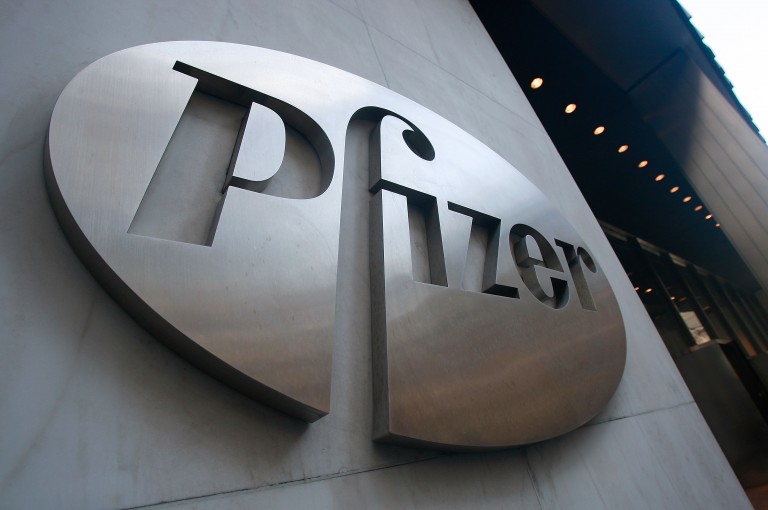
We’ve had an incredibly busy week in the biotechnology space this week, with markets failing to serve up any early 2018 reprieve on volatility. With all of the companies putting out fresh inputs, however, none have been more active – in both directions – than has Pfizer Inc. (NYSE: PFE).
Midweek this week, Pfizer has put out two major updates, both seemingly in contrast from an implications perspective, and both having the potential to move markets for both Pfizer and a couple of other related entities.
With this noted, then, here’s a look at the two latest bits of news from Pfizer with a discussion of what each means for the company.
First up, then, we’ve got a development and discovery deal.
This one relates to a company called Arvinas and is rooted in the discovery and development of what are called PROTACs (proteolysis targeting chimeras), which are a novel sort of therapy designed to stimulate the natural processes in the human body associated with clearing up proteins. Protein presence (and subsequent buildup) is at the root of a whole host of different disease types and it’s been the focus of a range of different types of development drugs over the last ten years or so. The current SOC approach to this type of problem is small molecule inhibitors but – as is pretty well known in this space – these SMIs have severe limitations and, generally, the more severe the disease in question, the less effective current SOC is in employing protein degradation to tackle progression.
Things like cancer, for example, and also a whole host of neurological conditions, have the potential to be treated with a stronger and agiler form of protein clearance, and that’s where PROTACs come into the equation.
The deal in question, then, will see Pfizer earmark $830 million for the combined development of these drugs in multiple disease types, with a portion of this cash served up as an undisclosed upfront payment. There’s a strong chance that the vast majority of the just mentioned figure will be held back as milestone and royalty payments but, for a company like Arvinas, which was spun out of Yale and just secured another deal with Genentech at the end of last year, it’s another string to an already strengthening bow.
Chances are we won’t see too much in the way of update from the program near term as much of the early stage activity is done behind closed doors but we expect some sort of initial target announcement between now and the middle of this year.
Moving on, let’s look at the second major Pfizer input of the week.
This one’s far less positive than the first, hence our labeling the two updates as conflicting in the introduction to this piece.
Specifically, the company announced that it was returning the rights to a drug called EOS200271 to the company that initially developed it – iTeos Therapeutics. This one is part of a family of drugs called IDO1 inhibitors and Pfizer picked up the drug as part of a licensing deal back in 2014. It took a couple of years to really get things moving and – in 2016 – the two companies kicked off a phase I study in a target indication of patients with malignant gliomas and it’s this study that has led to the latest decision out of the big pharma.
As per some data that hit press related to the trial in question, the drug failed to hit on a primary endpoint at interim and Pfizer wasn’t willing to hold on to the asset in anticipation of a turnaround.
iTeos management isn’t taking the development to heart, with management pointing towards some early indication that the drug can cross the blood-brain barrier as a potential differentiator (and a key one, at that) between it and some other assets in this category.
Exactly how this one will play out remains to be seen. iTeos is a private company that’s going to need cash to get this asset through any more trials (without a partner, that is) and so we’re probably going to see some sort of financing round between now and mid-2018. That is, of course, if the company doesn’t decide to take advantage of the hot IPO side of the biotech space near term.




